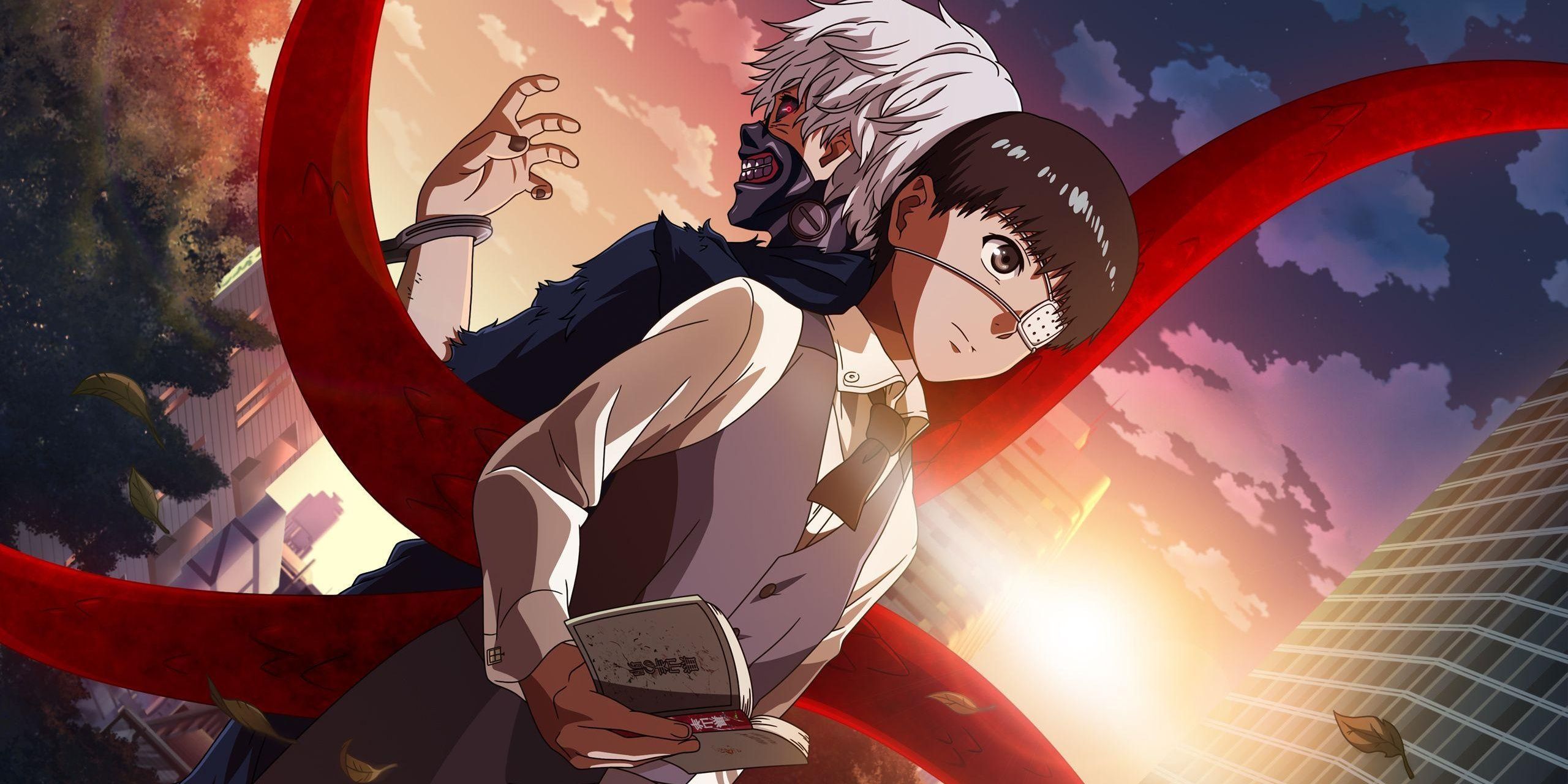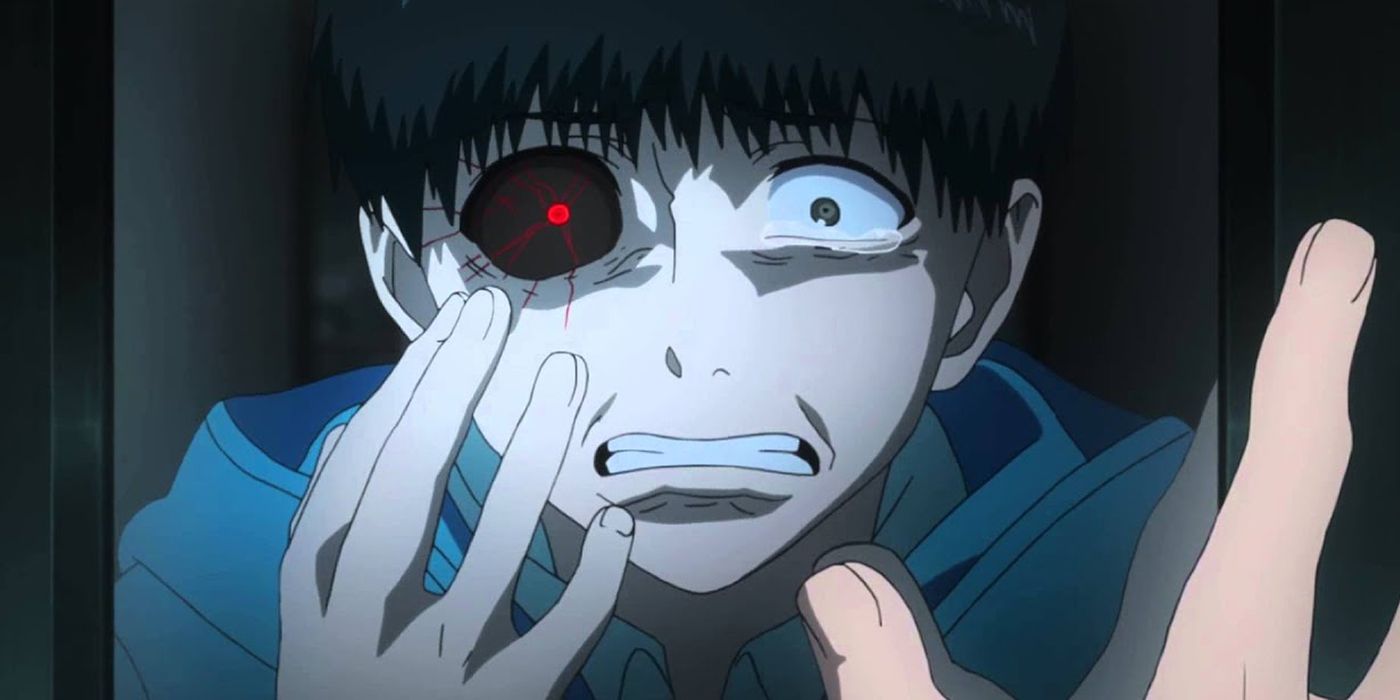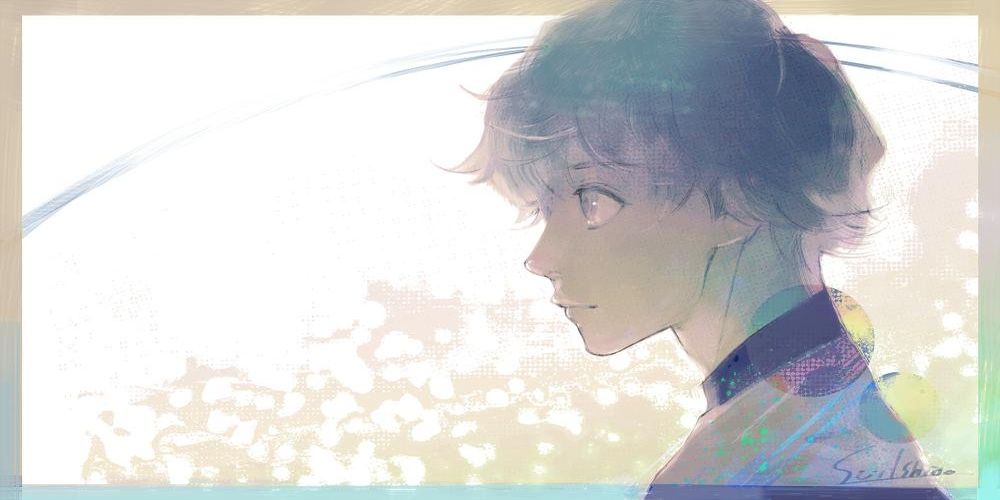Tokyo Ghoul creator Sui Ishida worked on the manga and its sequel, Tokyo Ghoul :re, over the course of seven years, turning them into the must-read manga series they are today. However, during this period, Ishida entered some unexpected artistic hoops, overworked himself and experienced some serious health problems, detailed in the Tokyo Ghoul :re afterword. In that afterward, there are a lot of interesting parallels between Tokyo Ghoul's protagonist Ken Kaneki and Ishida, which touch on the responsibility of the artist and the harshness of the manga industry.
Ishida had a quiet childhood. When he was young, he moved around frequently and was somewhat lonely. In his mid-twenties, after extensive tertiary study, he decided to travel to Tokyo to try manga. His afterword describes the decision as made on somewhat of a whim (brought on by a squabble with his parents), but it certainly was a successful one. Obviously, parts of Ishida's life and personality flowed into his protagonist. Like Kaneki, Ishida's lived an unremarkable early life that would change drastically in the future.
While Ishida was thrilled to be living his dream as a mangaka, this didn't last for long. Due to deadlines and the pressure of serializing such a popular manga, Tokyo Ghoul started to feel like a chore for Ishida, and he lost joy in the process. Sadly, this is quite a common story within the manga industry. However, what's interesting about Ishida is that his overworking was motivated not only by strict deadlines, but also a desire to empathize with his protagonist.
Kaneki's shift from his innocent persona to his post-torture, white hair state is one of the most iconic character shifts in anime. It's not a stretch to say Kaneki's emotionless character was, in part, taken from Ishida's own creative philosophy. The character projected a nihilistic worldview that Ishida may have possessed himself at the time. Indeed, it's interesting to think the meek, innocent Kaneki may have been Ishida before his overexertion problems and Kaneki's character development would have mirrored the mangaka's own changes as a person.
Overexertion led to some serious health problems. The most striking of these, as Ishida explains, was losing his sense of taste, something a traumatized Kaneki experiences after turning into a ghoul. Ishida wrote in his afterword:
I’ve developed complications in my body. I was scared at first. But after seeing all sorts of symptoms show up every few months, I resigned myself to the fact that this was the kind of body I had. The most striking part to me was that I lost my sense of taste. No matter what I ate, everything would taste the same. Even though the symptoms were different, I felt like I’d turned into a ghoul.
Because he was afraid he might not be able to draw again, Ishida avoided taking breaks, which is a sad reminder of how harsh the manga industry can be. Ishida did finish Tokyo Ghoul :re, and while its ending was understandably rushed, it remains a satisfying conclusion. From his afterword, written right after the manga's completion, Ishida describes himself as liberated — again, similar to his Kaneki at this point in the manga.
Ishida's dedication to getting into the headspace of his character, and the similarities they share, are among several major reasons Tokyo Ghoul has proven so successful. Still, the process proved dangerous to Ishida's health, and working to such a point is never a good thing. Whether he'll end up returning to Tokyo Ghoul in the future isn't clear, as he's stepped away from manga since the series ended and is currently working on a Nintendo Switch game called Jack-Jeanne. However, it's clear at least some part of Ishida's experiences with working on Tokyo Ghoul seeped into Ken Kaneki, blurring the boundaries between art and reality.
Tokyo Ghoul and Tokyo Ghoul :re are available to read in English from Viz Media.



